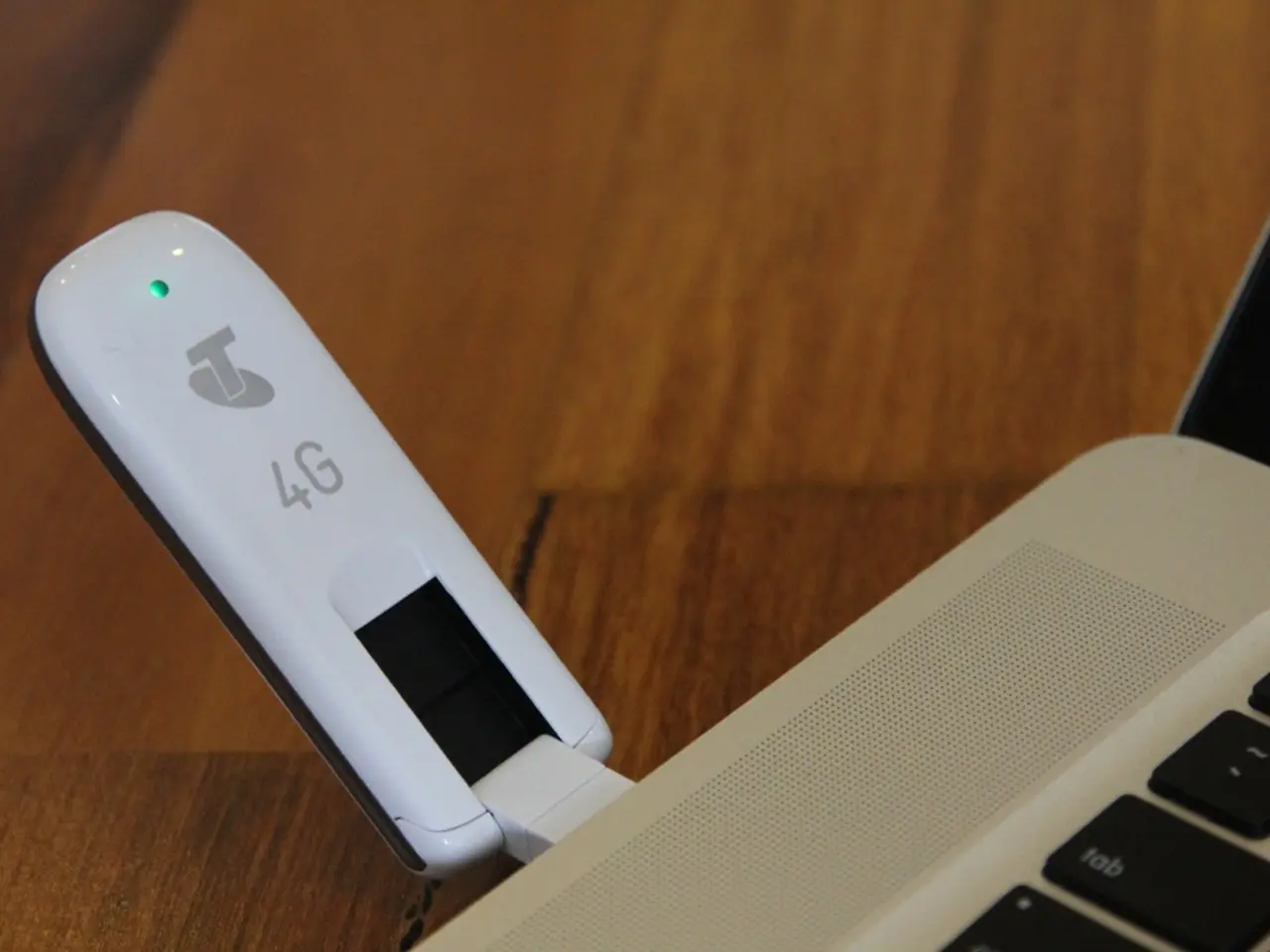Car-type, commonly utilized for driving purposes
In a world where smart devices are becoming increasingly common, a new project has emerged that allows you to build a WiFi battery monitor for under 20 euros. This guide will walk you through the process of setting up the device, as demonstrated in a video, and explore other potential applications for the Shelly UNI.
What You Need
- Shelly UNI: A versatile WiFi-enabled I/O device, typically priced under 20 euros.
- Voltage Divider Circuit: To safely measure the battery voltage within the Shelly UNI’s input range.
- Battery Source: Your battery to monitor (e.g., 12V lead-acid, Li-ion, etc.).
- Power Supply: Shelly UNI requires a 12V power supply, or you can power it appropriately.
- Wiring and tools: For connecting the battery and voltage divider.
Step-by-Step Setup
- Prepare the Voltage Divider Use two resistors to scale down the battery voltage to the 0-10V input range of the Shelly UNI analog input. For example, if monitoring a 12V battery, use resistors to reduce the maximum voltage to around 10V or less for safety.
- Connect the Battery to Shelly UNI Connect the battery terminals through the voltage divider to the analog input pins of the Shelly UNI. Ensure all connections are secure and the voltage input never exceeds the device limits.
- Power Up Shelly UNI Power the Shelly UNI either from the same battery or another 12V power source.
- Configure Shelly UNI via Shelly App or Web Interface
- Connect Shelly UNI to your WiFi network.
- In the Shelly app or web UI, configure the analog input mode to voltage measurement. Shelly UNI supports voltage measurement directly on its analog input.
- Calibrate the analog input reading to the actual battery voltage using the measured voltage divided by your voltage divider ratio.
- Set Up Alerts and Automations (Optional)
- Use Shelly’s app to set thresholds for low battery warnings.
- Integrate with platforms like Home Assistant for notifications on your phone or trigger actions.
- Monitor Battery Voltage Remotely Use the app to check battery voltage in real time anywhere with WiFi.
Other Application Ideas for Shelly UNI
- Water Flow Monitoring and Control As described in a project with a flow sensor and solenoid valve, connect a flow meter sensor and use the Shelly UNI to detect excessive water flow, triggering valve shutoff and sending alerts.
- Temperature and Humidity Monitoring Attach analog or digital temperature sensors to monitor environmental data.
- Remote Control of Devices Use digital outputs to control relays for other devices, such as pumps, lights, or HVAC systems.
- Pulse Counting Use Shelly UNI inputs for counting pulses from utility meters or sensors.
Budget Consideration
- Shelly UNI costs about 15-20 euros.
- Resistors and wiring are inexpensive and typically under a euro total.
- No additional hardware needed, keeping cost under 20 euros.
This setup exploits the Shelly UNI’s analog voltage input and WiFi for remote monitoring of battery voltage cost-effectively and simply, while the device’s versatility enables a wide range of smart automation projects. The Shelly UNI can monitor both 12V and 24V batteries.
In the realm of expanding smart-home technology, the Shelly UNI, a versatile WiFi-enabled I/O device, can be utilized for more than just WiFi battery monitoring. For instance, this gadget can be employed for water flow monitoring and control, temperature and humidity monitoring, remote control of devices, and pulse counting. With the Shelly UNI, you're not just investing in a smart-home device, but a multi-functional gadget that facilitates a variety of potential applications in technology.




